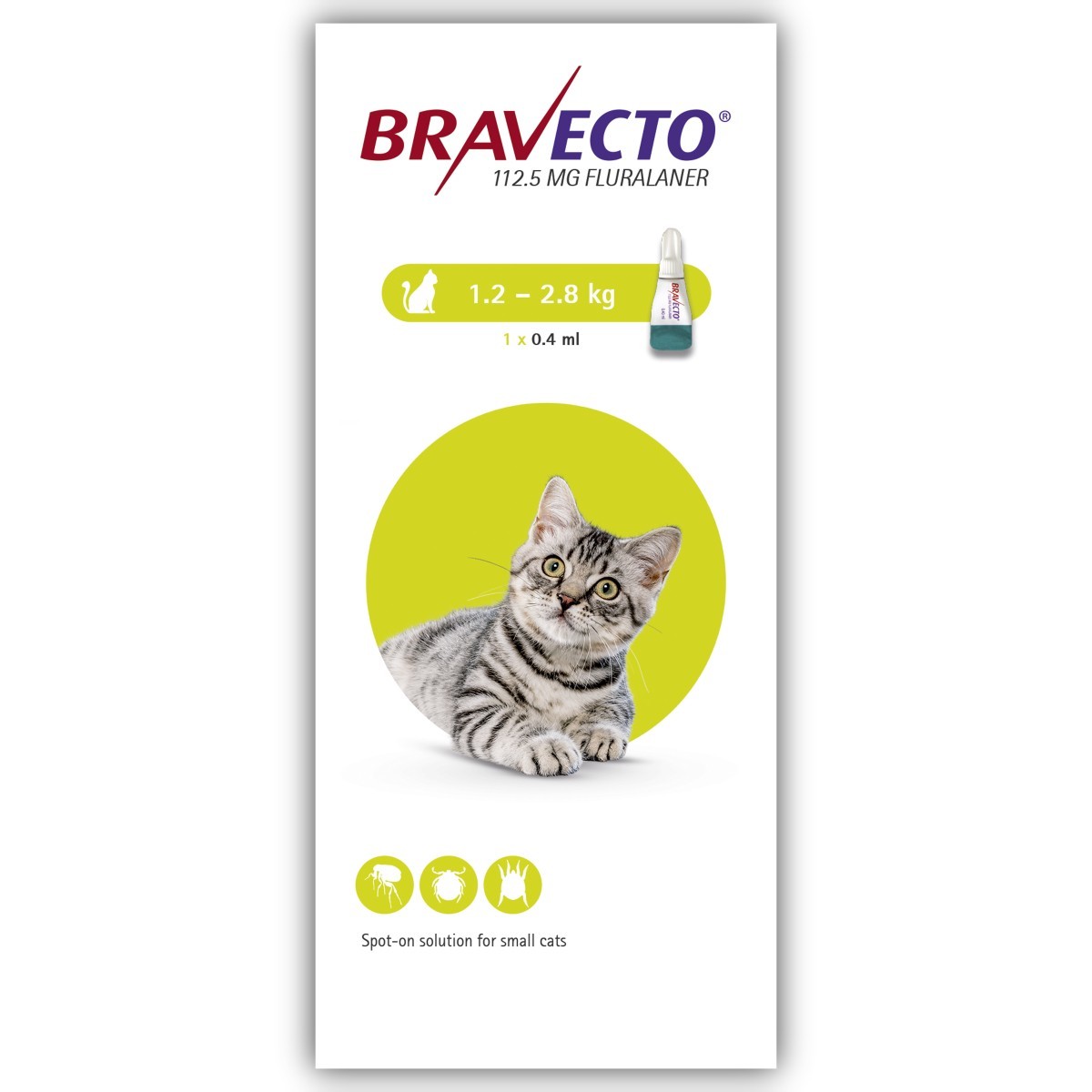Broadline Spot-on Solution for Cats Species: Cats Therapeutic indication: Pharmaceuticals: Endoparasiticides: Anthelmintics for cats, Tapeworm products, Pharmaceuticals: Ectoparasiticides: For cats, Pharmaceuticals: Endectocides: For companion animals Active ingredient: Eprinomectin, Fipronil, (S)-methoprene, Praziquantel Product:Broadline Spot-on solution for Cats <2.5 kg Broadline Spot-on Solution for Cats 2.5-7.5 kg Product index: Broadline Qualitative and quantitative composition Active substances: Each unit dose applicator delivers: Broadline Spot On Solution Cats <2.5 kg Cats 2.5-7.5 kg Volume of unit dose (ml) 0.3 0.9 Fipronil (mg) 24.9 74.7 (S)-methoprene (mg) 30 90 Eprinomectin (mg) 1.2 3.6 Praziquantel (mg) 24.9 74.7 Excipient: Butylhydroxytoluene (E321) 1 mg/ml. For the full list of excipients, see Pharmaceutical Particulars. Pharmaceutical form Spot-on solution. Clear colourless to yellow to red/brown solution. Clinical particulars Target species Cats Indications for use For cats with or at risk from mixed infestations by cestodes, nematodes and ectoparasites. The veterinary medicinal product is exclusively indicated when all three groups are targeted at the same time. Ectoparasites - Treatment and prevention of infestations by fleas (Ctenocephalides felis). Elimination of fleas within 24 hours. One treatment prevents further infestations for at least one month. - Prevention of environmental flea contamination by inhibiting the development of flea immature stages (eggs, larvae and pupae) for over a month. - The product can be used as part of a treatment strategy for the control of flea allergy dermatitis (FAD). - Treatment and prevention of infestations by ticks (Ixodes ricinus). Elimination of ticks within 48 hours. One treatment prevents further infestations for up to 3 weeks. - Treatment of notoedric mange (Notoedris cati). Cestodes - Treatment of infestations with tapeworms (Dipylidium caninum, Taenia taeniaeformis, Echinococcus multilocularis, Joyeuxiella pasqualei (adult), and Joyeuxiella fuhrmanni (adult). Nematodes - Treatment of infestations with gastrointestinal nematodes (L3, L4 larvae and adults of Toxocara cati, adults of Toxascaris leonina, L4 larvae and adults of Ancylostoma tubaeforme and Ancylostoma ceylanicum, and adults of Ancylostoma brazilienze). - Treatment of infestations with feline lungworms (L3 larvae, L4 larvae and adults of Aelurostrongylus abstrusus), L4 larvae and adults of Troglostrongylus brevior). - Treatment of infestations with vesical worms (Capillaria plica). - Prevention of heartworm disease (Dirofilaria immitis larvae) for one month. Contra-indications Do not use in sick or convalescent animals. Do not use in rabbits. Do not use in cases of hypersensitivity to the active substances or to any of the excipients. Special warnings for each target species When applying the veterinary medicinal product, special attention should be paid in long hair breeds in order to ensure that it is applied directly to the skin and not on the hair, as this could lead to a lower bioavailability of the active substances and thus, to a reduced efficacy. No data on the effect of bathing/shampooing on the efficacy of the product in cats is available. However, brief contact of the animal with water on one or two occasions within the month following application is unlikely to significantly reduce its efficacy. As a precaution, it is not recommended to bathe animals within 2 days after topical treatment. After treatment with BROADLINE, ticks will generally be killed within 48 hours after infestation without having a blood meal. However, since the attachment of single ticks after treatment cannot be excluded, transmission of infectious diseases cannot be completely ruled out. Tapeworm infestation may reoccur unless control of intermediate hosts such as fleas, mice etc. is undertaken. In certain individual cats Notoedres cati infestation may be severe or complicated by bacterial infections. In these severe cases concomitant treatment may be necessary. Parasite resistance to any particular class of antiparasitic drug may develop following frequent use of a compound of that class. Therefore, epidemiological information about current susceptibility of the target species should be taken into account in order to limit the possibility of a future selection for resistance. Cats in areas endemic for heartworm, or those which have travelled to endemic areas, may be infected with adult heartworms. Although the veterinary medicinal product may be safely administered to cats infected with adult heartworms, no therapeutic effect against adult Dirofilaria immitis has been established. It is therefore recommended that all cats 6 months of age or more, living in areas endemic for heartworm should be tested for existing adult heartworm infestation before being treated with the product for heartworm prevention. Some cats with patent Joyeuxiella spp. infestation may nevertheless harbour a high proportion of juvenile worms, which are not susceptible to the product; therefore a post-treatment follow-up is recommended in case of such infestations. To reduce re-infestation from emergence of new fleas, it is recommended that all cats in a household be treated. Other animals living in the same household should also be treated with a suitable product. All stages of fleas can infest the cat’s basket, bedding and regular resting areas such as carpets and soft furnishings. In case of massive flea infestation and at the beginning of the control measures, these areas should be treated with a suitable environmental product and then vacuumed regularly. Special precautions for use in animals Spot-on application only. Do not inject, do not administer orally or via any other route. Avoid contact with the cat's eyes. It is important to apply the veterinary medicinal product to a skin area where the cat cannot lick it off: on the neck, in between shoulders. Avoid animals licking each other following treatment. Oral ingestion of the veterinary medicinal product resulted in common to uncommon vomiting, hyper-salivation and/or in transient neurological signs such as ataxia, disorientation, apathy and pupil dilation in safety studies. Muscle tremors have been reported in very rare cases based on post marketing safety experience. These signs usually resolve spontaneously within 24 hours. On very rare occasions, symptomatic treatment can be required. The safety of the veterinary medicinal product has not been tested at intervals of less than 2 weeks or in kittens weighing less than 0.6 kg and/or under 7 weeks of age. he product is not for use in kittens weighing less than 0.6 kg and/or under 7 weeks of age. The veterinary medicinal product is not intended for use in dogs. Some dog breeds may present increased susceptibility to macrocyclic lactones, potentially leading to signs of neurotoxicity. Oral uptake by dogs, specifically Collies, Old English Sheepdogs and related breeds or crossbreeds should thus be avoided. Echinococcosis represents a hazard for humans, and is a notifiable disease to the World Organisation for Animal Health (OIE). Special precautions to be taken by the person administering the veterinary medicinal product to animals Do not smoke, drink or eat during application. Wear gloves when handling the veterinary medicinal product. Wash hands immediately after use. Unused applicators must be stored in the intact blister package. Avoid contact of the applicator content with the fingers. If this occurs, wash off with soap and water. In case of accidental eye exposure flush the eyes thoroughly with water, as the product can cause slight mucous membrane and eye irritation. If eye irritation persists or if side effects are noted, seek medical advice and show the package leaflet or the label to the physician. Handling of treated animals should be limited until the application site is dry, and children should not be allowed to play with treated animals during this period. It is therefore recommended that recently treated animals do not sleep with owners, especially children. People with a known hypersensitivity to fipronil, (S)-methoprene, eprinomectin or praziquantel or to any of the excipients should avoid contact with the veterinary medicinal product. Adverse reactions A temporary clumping or spiking of the hair and mild and transient skin reactions at the application site (itching, hair loss) have been commonly observed at the application site after treatment in clinical studies. Temporary excessive salivation was commonly observed following licking the application site after treatment in clinical trials. Transitory blindness or impaired vision have been observed in very rare cases based on post marketing safety experience. Digestive tract and/or neurological disorders may result following an accidental oral ingestion of the veterinary medicinal product. Symptomatic treatment can be required if the signs do not resolve spontaneously within 24 hours. Correct application will minimise the occurrence of such events. The frequency of adverse reactions is defined using the following convention: - very common (more than 1 in 10 animals treated displaying adverse reaction(s)) - common (more than 1 but less than 10 animals in 100 animals treated) - uncommon (more than 1 but less than 10 animals in 1,000 animals treated) - rare (more than 1 but less than 10 animals in 10,000 animals treated) - very rare (less than 1 animal in 10,000 animals treated, including isolated reports). Use during pregnancy, lactation or lay The safety of the veterinary medicinal product has not been established during pregnancy and lactation. Laboratory studies with the individual ingredients in rats and rabbits have not produced teratogenic, foetotoxic or maternotoxic effects. Use only according to the benefit-risk assessment by the prescribing veterinarian. Interactions None known. Amounts to be administered and administration route Spot-on use. The use of the veterinary medicinal product should exclusively be based on the confirmed mixed infestations or significant risk of such mixed infestations with ectoparasites and nematodes (including for heartworm disease prevention), and where concurrent treatment against cestodes is indicated. In the absence of risk of co-infestation, the use of a narrow spectrum parasiticide should be considered as a first line therapy. The rationale for prescription should be tailored to the individual needs of the cat, based on clinical assessment, the animal's lifestyle and on the local epidemiological situation (including zoonotic risks, where relevant) in order to address exclusively situations of mixed infestations/risk of infestation. Treatment should not be extrapolated from one animal to the other without veterinary opinion. Dosage: The recommended minimum doses are 10 mg/kg bodyweight for fipronil, 12 mg/kg for (S)-methoprene, 0.5 mg/kg for eprinomectin and 10 mg/kg for praziquantel. Select the appropriate applicator size for the weight of the cat. Weight (kg) Dosage less than 2.5 1 x 0.3 ml applicator 2.5 - 7.5 1 x 0.9 ml applicator more than 7.5 Appropriate combination of applicators Method of administration: Use a pair of scissors to cut the blister along the dotted line, then pull the lid away. Remove the applicator from the package and hold it upright. Pull back the plunger slightly, twist and pull the cap off. Part the hair on the midline of the neck, between the base of the skull and the shoulder blades until the skin is visible. Place the tip of the applicator on the skin and apply the entire content directly onto the skin in one spot. Prevention of heartworm disease (Dirofilaria immitis larvae) should start within 1 month after the first expected exposure to mosquitoes. For treatment against Aelurostrongylus abstrusus, a second administration one month after the initial treatment may be recommended. Overdose Safety has been demonstrated with up to 5 times the maximum exposure dose (i.e. up to 15 times the recommended dose) in healthy kittens aged 7 weeks and older treated up to 6 times at four-week intervals. It has also been confirmed in healthy adult cats treated 3 times at two-week intervals with up to 5 times the recommended dose. Mild and transient neurological signs such as ataxia, disorientation, apathy and pupil dilation may be observed, with spontaneous recovery the day after. Transient salivation and/or vomiting could also be observed, in both kittens and adult cats, in isolated cases. Cats infected with adult heartworms tolerated up to 3 times the maximum exposure dose (i.e. up to 9 times the recommended dose), every 4 weeks for 3 treatments, without any adverse effects.





